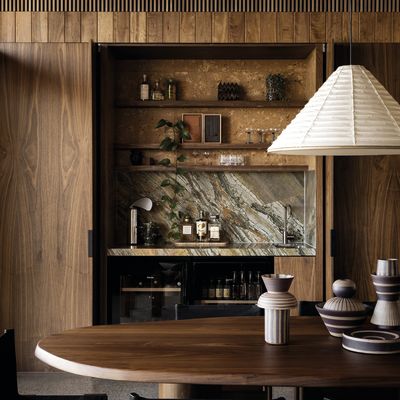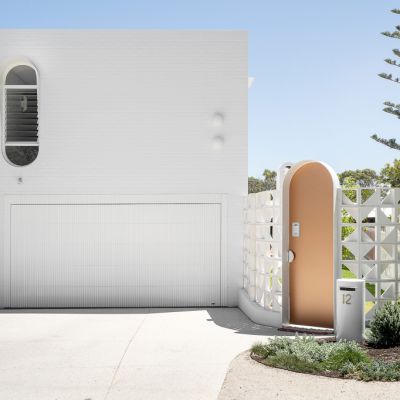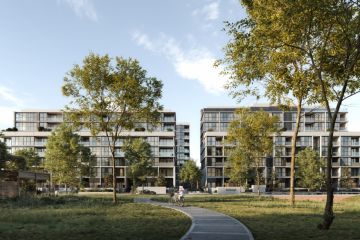How to create 'more wow factor' with mixing metals
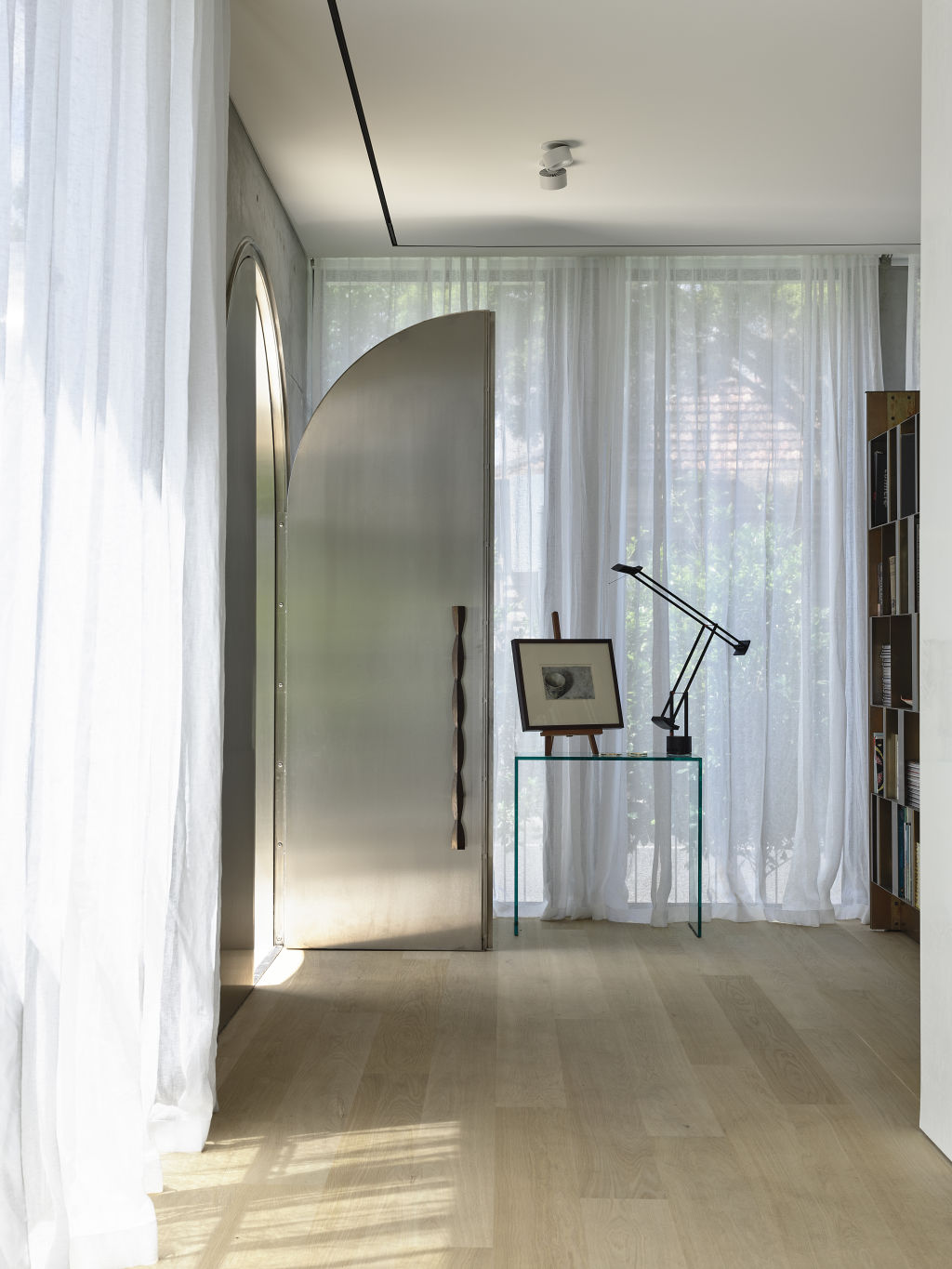
When it comes to design, metals aren’t going anywhere. Take stainless steel: 13,000 shimmering panels of it cover New York’s iconic art deco Chrysler Building, finished in 1930. Almost a century later, we still use it for our kitchen benchtops, cabinetry and even feature walls.
“Stainless steel has this luminosity,” says Charlie Inglis, director of Melbourne-based Inglis Architects. “People appreciate the natural attributes of it – it’s durable and beautiful.”
Indeed, stainless steel, bold brass and cool chrome can work a room (or a city skyline) all on their own. They add texture and contrast to a space, or dance with the light within it. Yet designers are increasingly mixing them together – in yin-and-yang combos like stainless steel and oxidised brass.
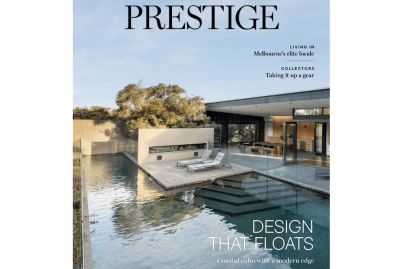

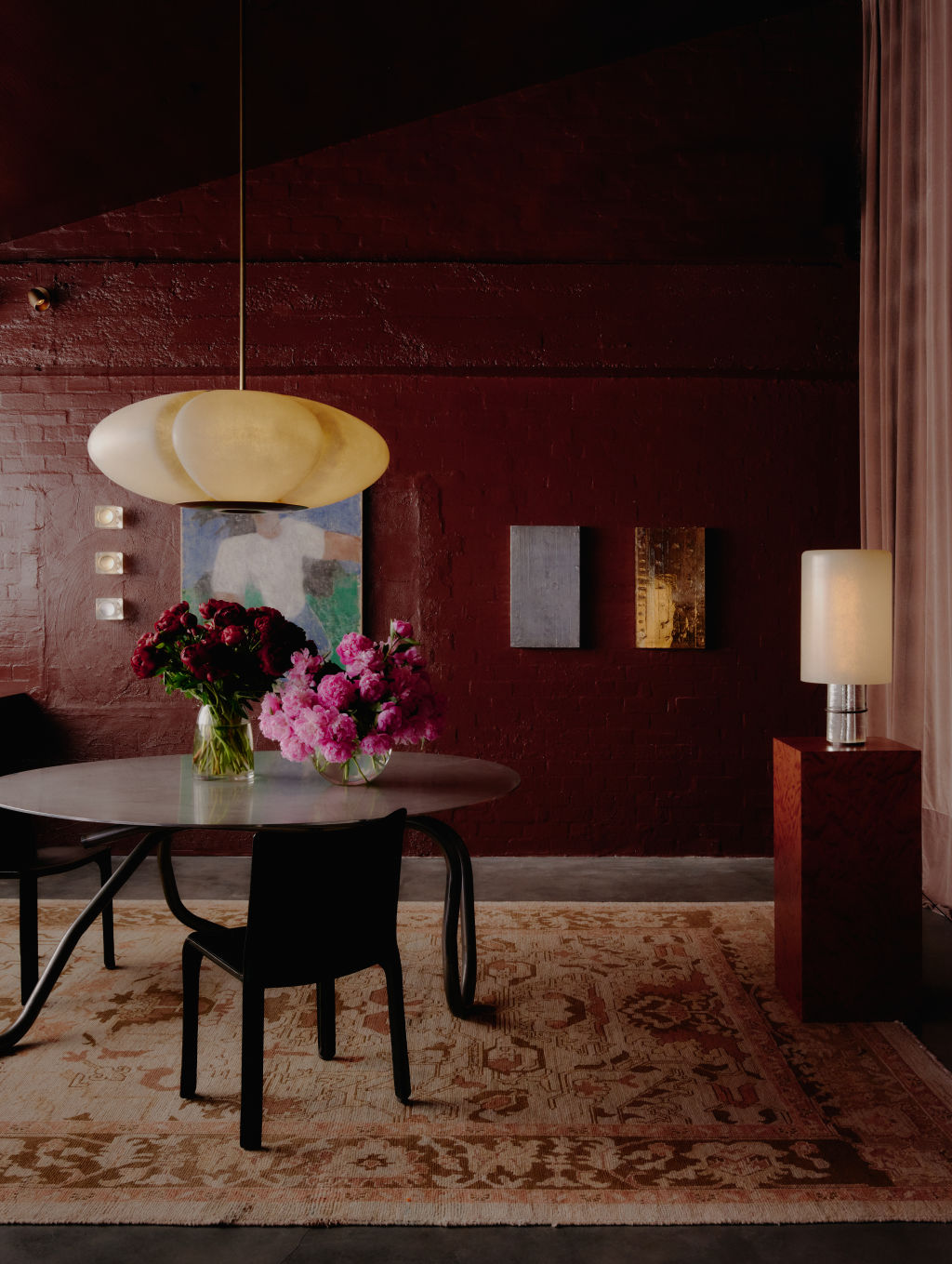
“Don’t feel hemmed into doing one metal throughout [a space],” says Melbourne-based interior decorator Lauren Egan. “When there’s a bit of tension with opposing textures, it feels more interesting.”
Both Egan and Inglis have noticed more options when it comes to metal finishings including aged, tumbled and brushed textures. “They wear and age really well. You can see where brass handles have been touched over time,” Inglis says.
So how do you choose your metals? For Egan, it’s all about distinction – and making it easy for yourself. “If you have two metals that are similar, say a bronze and a brass together, it can be difficult to tell the difference between them. So it’s nice to have that stark contrast.”
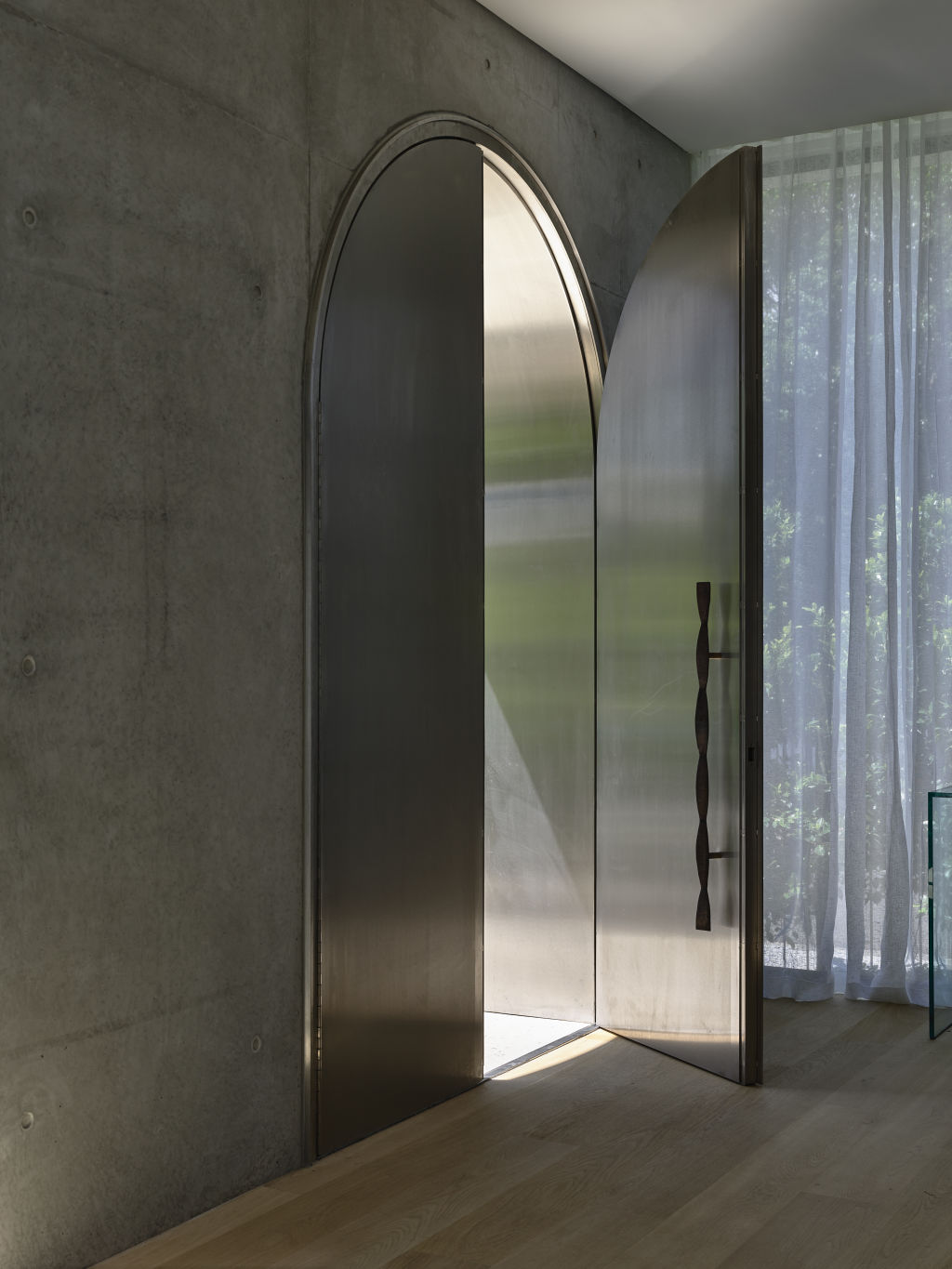
Egan usually chooses just two metals. “I would have a metal that I was going to use 80 per cent of the time and then have a contrast metal in the furnishings. Or maybe [you use it] in a powder room that you want to have more wow factor.”
Inglis also has an iron will about mixing metals into a space. “They’ve got contrasting qualities to other materials we use like natural concretes and timbers.” He works with artisans and boilermakers in Melbourne to commission one-off mixed-metal designs.
His best example is a pair of arched stainless-steel doors, which contrast with a long, oxidised brass handle by local sculptor Peter Cole. “Each metal is finished in its own way and becomes a bit of artwork.”
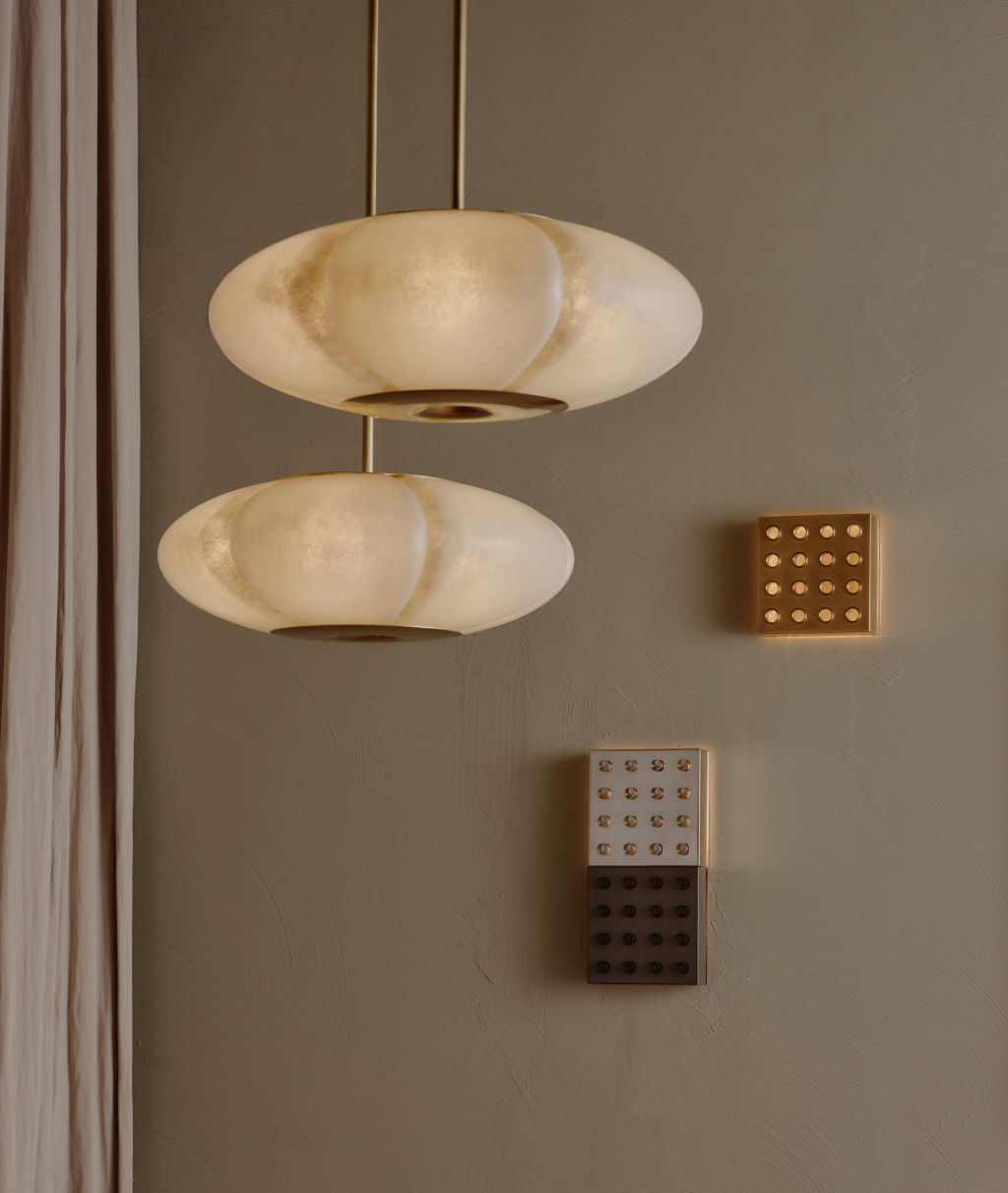
You needn’t blow your budget on an ornate door to embrace the look. Both Egan and Inglis suggest mixing in metals through lighting, tapware and knobs and handles. “Changing out joinery hardware is simple and relatively inexpensive,” says Egan. “If you’re in a rental, you might be able to switch out the joinery knobs or handles for something that’s more your style.”
Decorative metal lighting can also anchor and contrast a space. A fine example is Melbourne’s Volker Haug Studio, which creates bold lightworks with warm and cool-toned metals like aged brass and hand-brushed nickel.
And of course, there’s always the less-permanent option of furniture. “Introduce new metals in a side table or a chair with a brass finish, just to see how it feels,” Egan says. Who knows, it might still be there in 100 years.
We recommend
We thought you might like
States
Capital Cities
Capital Cities - Rentals
Popular Areas
Allhomes
More
